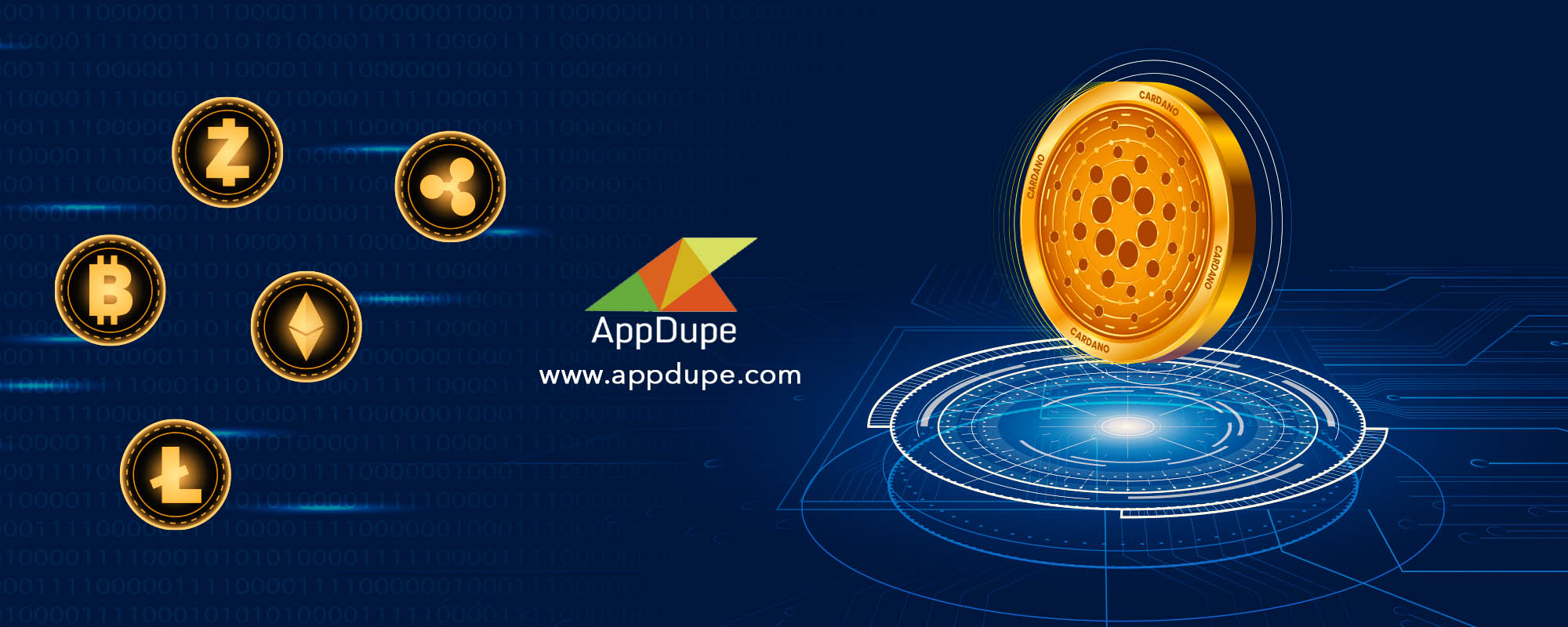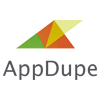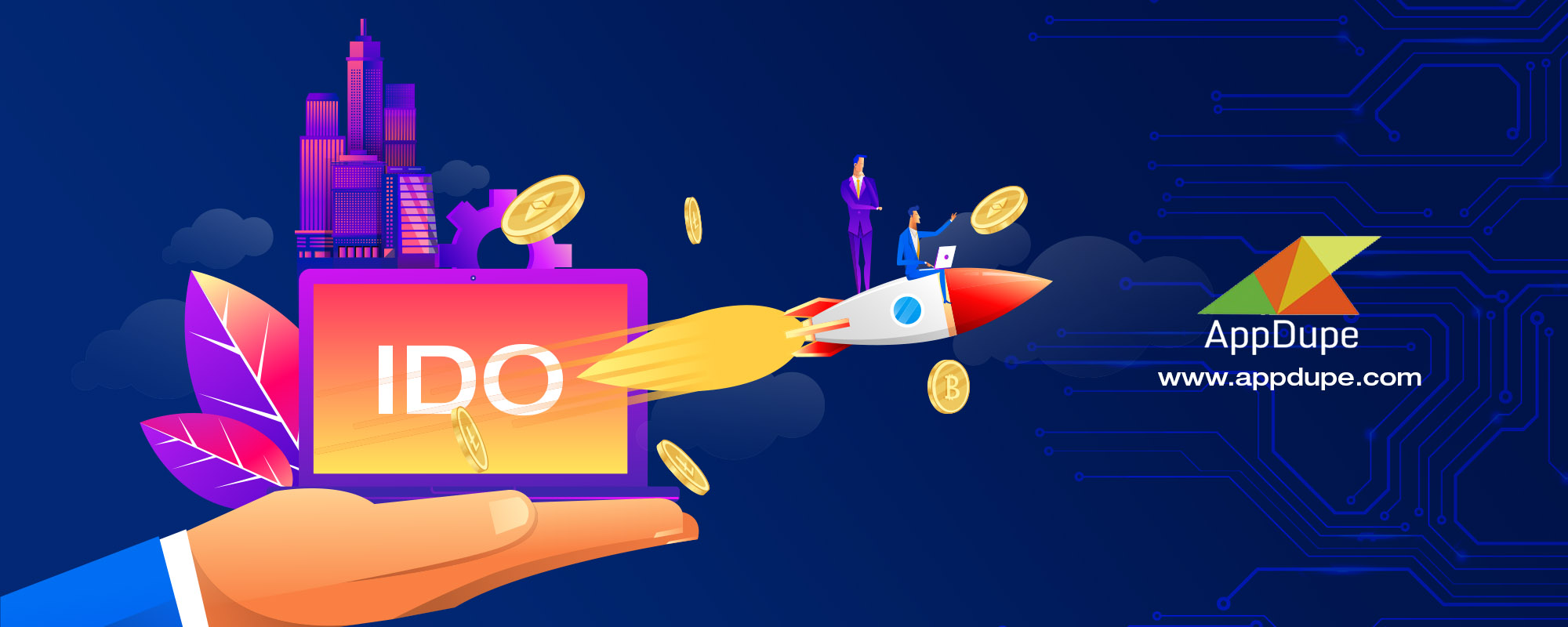Everything to know about Stablecoin Development on Cardano
Author CardStarter Clone, Cryptocurrency Development
As competition in the Web 3.0 era heats up, there is one blockchain that is ahead of the curve. It is none other than Cardano. Operating on the Proof of Stake (PoS) consensus mechanism, the platform is becoming the hub for individuals and enterprises across sectors to launch their projects. However, things are changing now as Cardano is used for creating stablecoins. While popular ones like USD Coin (USDC) and Tether (USDT) continue to attract investors, the new stablecoin project is ADADAO. Let us explore how you can get business traction via Stablecoin development on Cardano.
Analyzing the significance of a Stablecoin
Undoubtedly, the crypto trading industry suffers from extreme market fluctuations. Investors can prevent losses and erosion in their portfolios by utilizing stablecoins such as Binance USD (BUSD), USD Coin (USDC), and Tether (USDT). For instance, the digital assets are pegged to the US Dollar (USD). Thus, it is financially backed by a mix of commercial papers, cash, fiduciary deposits, and treasury bills.
Holders receive several advantages like protection against extreme market volatility, instant processing of transactions at low fees, and multiple use-cases (for purchasing products, disbursing loans, insurance, passive trading, storage of wealth, and yield farming).
Details about the asset reserves and liabilities, total tokens, and cash reserves are available. This ensures transparency. Moreover, investors on the Cardano blockchain can also buy additional amounts of stablecoins from popular crypto exchanges and Decentralized Finance (DeFi) platforms.
What is the process to create a stablecoin on Cardano blockchain?
Decide the kind of stablecoin – Generally, stablecoins come in 4 types, fiat-backed, crypto-backed, commodity-backed, and algorithmic. You can choose the right one based on factors like the extent of decentralization, the extent of collateral backing, and the kind of cryptocurrency it is soft-pegged to.
Moreover, you can captivate investors by bringing a fiat angle while developing a stablecoin on the Cardano blockchain. Thus, they can use these volatile-free digital currencies as a medium of exchange, a store of value, a unit of account, and for initiating payments.
Focus on Liquidity – The daily trading volume of Tether (USDT) and USD Coin (USDC) is $76.5 billion and $3.83 billion, respectively. Moreover, investors can purchase these stablecoins from platforms like Binance, Coinbase, Bitfinex, OKEx, HitBTC, Huobi, Bybit, Uniswap, and CoinTiger. They can hold it for a certain period, trade it on other crypto exchanges, and make a profit.
Transparency is assured as users can withdraw their balance of stablecoins and also receive an equivalent amount of fiat currency. Moreover, investors can also indulge in perpetual, spot, and futures trading and earn high returns.
They can do this by choosing a specific trading pair and buying or selling their stablecoin holdings after seeing information like the price, the depth percentage, the trading volume, and the fluctuations in market capitalization.
Moreover, stablecoins are a viable alternative to fixed deposits made by investors in banks. Since it operates on a distributed ledger technology (DLT), holders can keep a close watch on their portfolios. Besides that, the future of stablecoins lies in tokenized deposits. This prevents unnecessary locking up of liquidity, hassle-free purchase of goods by exchanging deposit holdings, and protection against money laundering.
Lead the era of decentralization by creating a stablecoin on Cardano blockchain.
Select the right tech stack – Cardano offers a variety of tools for developers to create stablecoins. It comprises Ouroboros, a highly-secure blockchain protocol, the Shelley Testnet, and the Marlowe playground.
At AppDupe, our tech stack comprises
- Blockfrost API.
- Programming languages like JavaScript, Python, and Golang,
- .NET framework.
- Ogmios (a lightweight bridge interface), Plutus Playground, and Dandelion APIs.
- Glow for creating and minting Decentralized Applications (DApps).
Glow, a domain-specific language assists in creating highly decentralized applications (DApps). Moreover, it ensures that the smart contracts run securely. This prevents hacking and phishing attacks. Importantly, consistency is assured as the compiler gives matching codes for both Decentralized Applications and Smart Contracts.
Moreover, the Cardano blockchain has also come out with a K Ethereum Virtual Program (KEVM). This ensures the non-stop functioning of programs and smart contracts. Plug-and-Play Virtual Machines enable this.
Importantly, Plutus enables instant deployment of the pre-programmed software on Cardano. Smart contracts can run either on-chain or off-chain. Our trained blockchain developers write the code in the Haskell programming language.
Generally, all these tools help in managing the large volume of transactions and details of the unspent transaction output in the distributed ledger. Moreover, mnemonic seed phrases (BIP-39) create a seed phrase for users’ wallets. Eventually, users who hold a large number of ADA tokens can utilize them for voting on different proposals, staking their balance of crypto assets, and buy Non-Fungible Tokens (NFTs).
Test the security measures – Undoubtedly, the test net is the backbone of the Cardano blockchain network. Users can stake ADA tokens, access the transaction metadata, and also convert their balance of native assets. Ouroboros, operating on a permissionless basis, ensures that the Cardano chain is unbreakable. It also offers protection against scammers, reduces energy consumption, and ensures scalability by formulating parameters.
It prevents unauthorized usage as many operators across different stake pools control the blockchain network. Users can also execute payments instantly as chains are split into epochs. Slot leaders add blocks to the chain and prevent settlement delays.
ADADAO: A glimpse of the DeFi protocol operating on the Cardano blockchain
ADADAO allows users to create collateralized stablecoins by leveraging their Cardano holdings. It includes several features like a trustless protocol, borrowing of loans without paying any interest, protection against volatility, and backing of AUSD stablecoins by on-chain collateral.
Generally, investors can create and collateralize a vault, generate a specific number of AUSD, and pay off their debt and stability fees. Later, they can withdraw their collateral after a period. Moreover, users can vote on proposals by using their balance of ADADAO tokens. Holders also have a chance to receive profits by making changes to the parameters of different projects.
Wrapping Up
The stats reveal the success of Cardano. Investors processed 29.4 million transactions on the blockchain network. Besides that, the total wallets have surpassed 3 million along with 3147 stake pools. Want to move forward in these times of decentralization, connect with us, a reputed Stablecoin development enterprise.
Get in touch with our blockchain specialists

Marketing is my soul mate and writing is my side kick. Using my writing skills to share the knowledge of app development and upcoming technologies.






